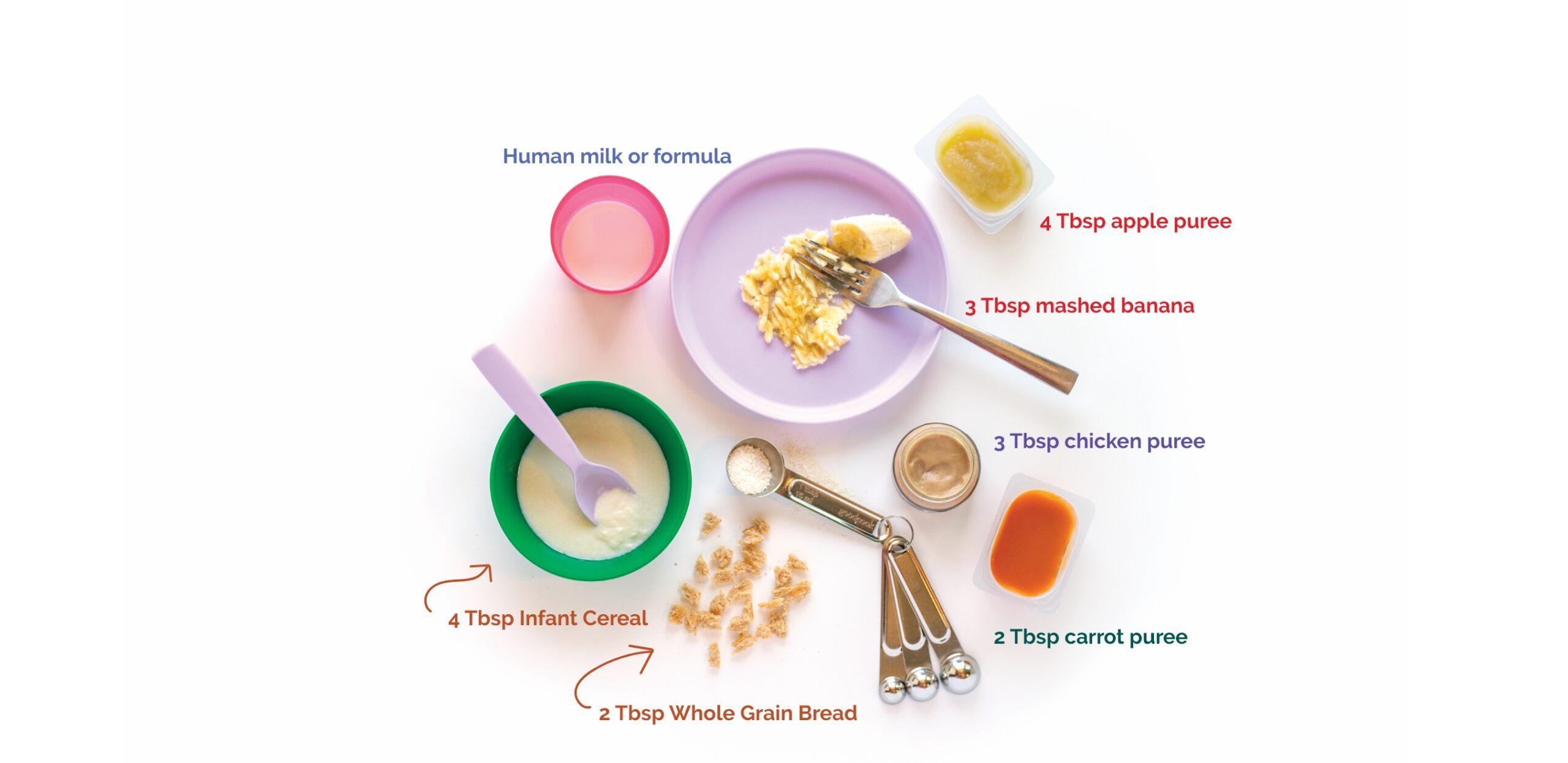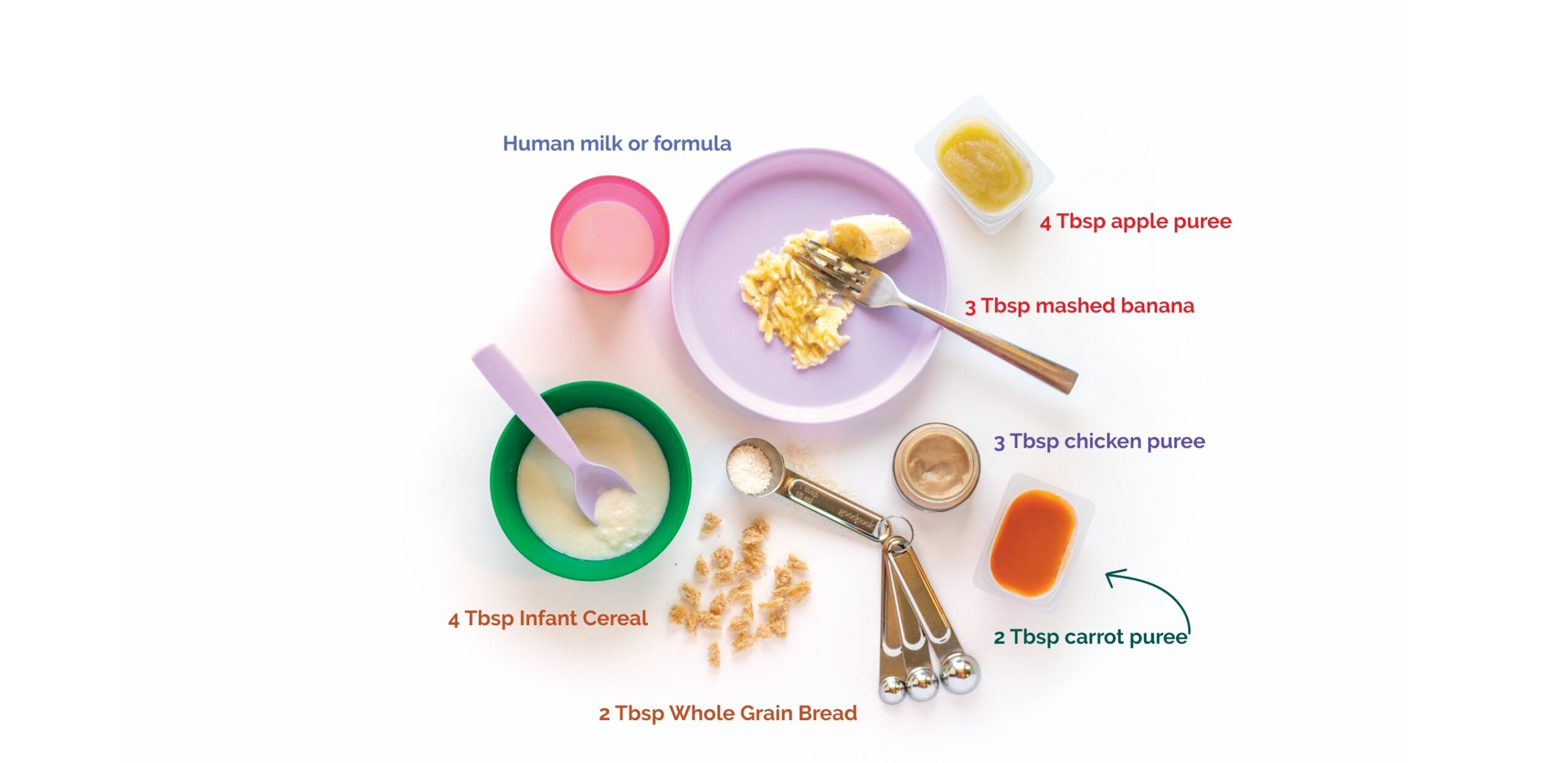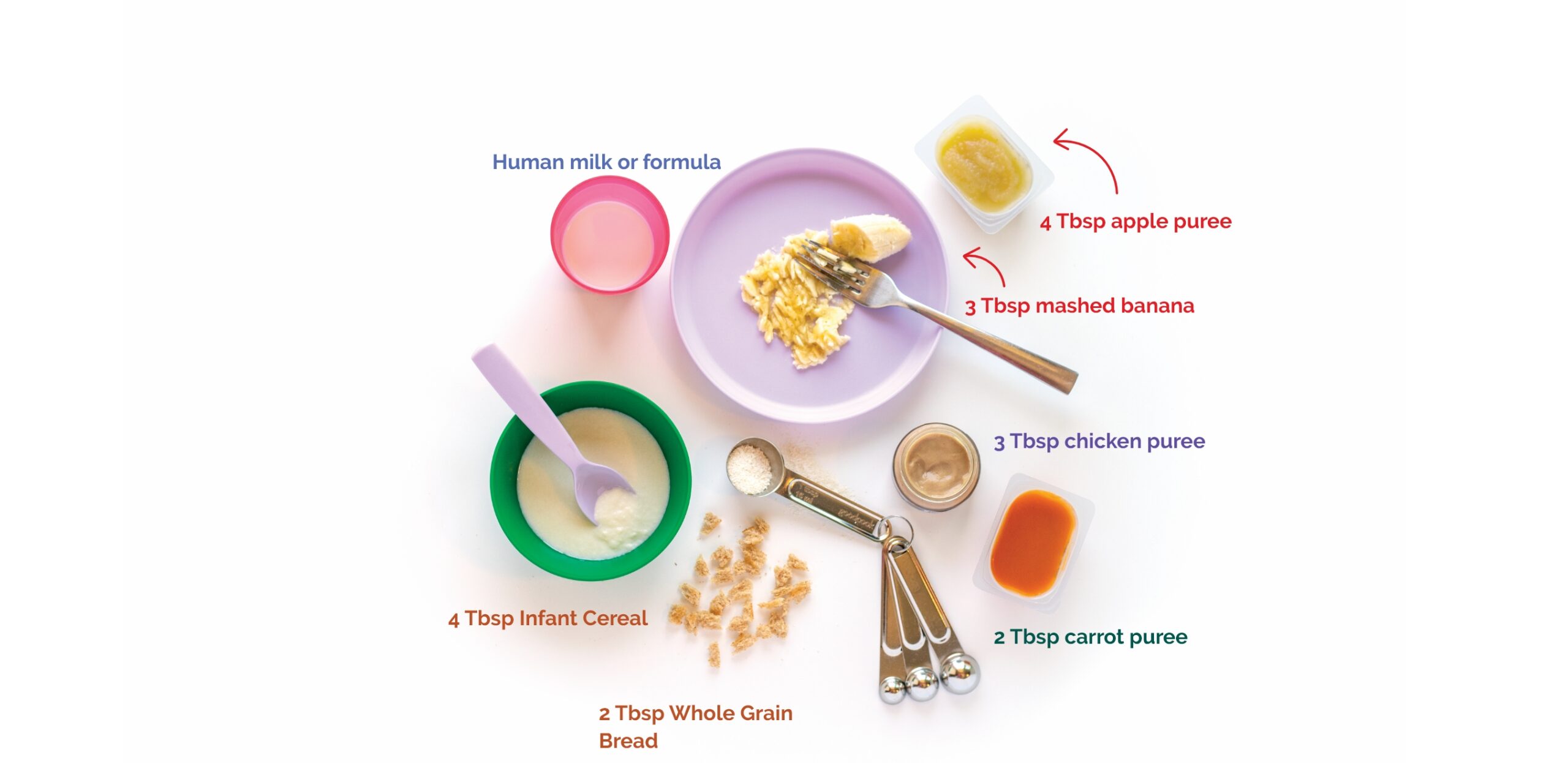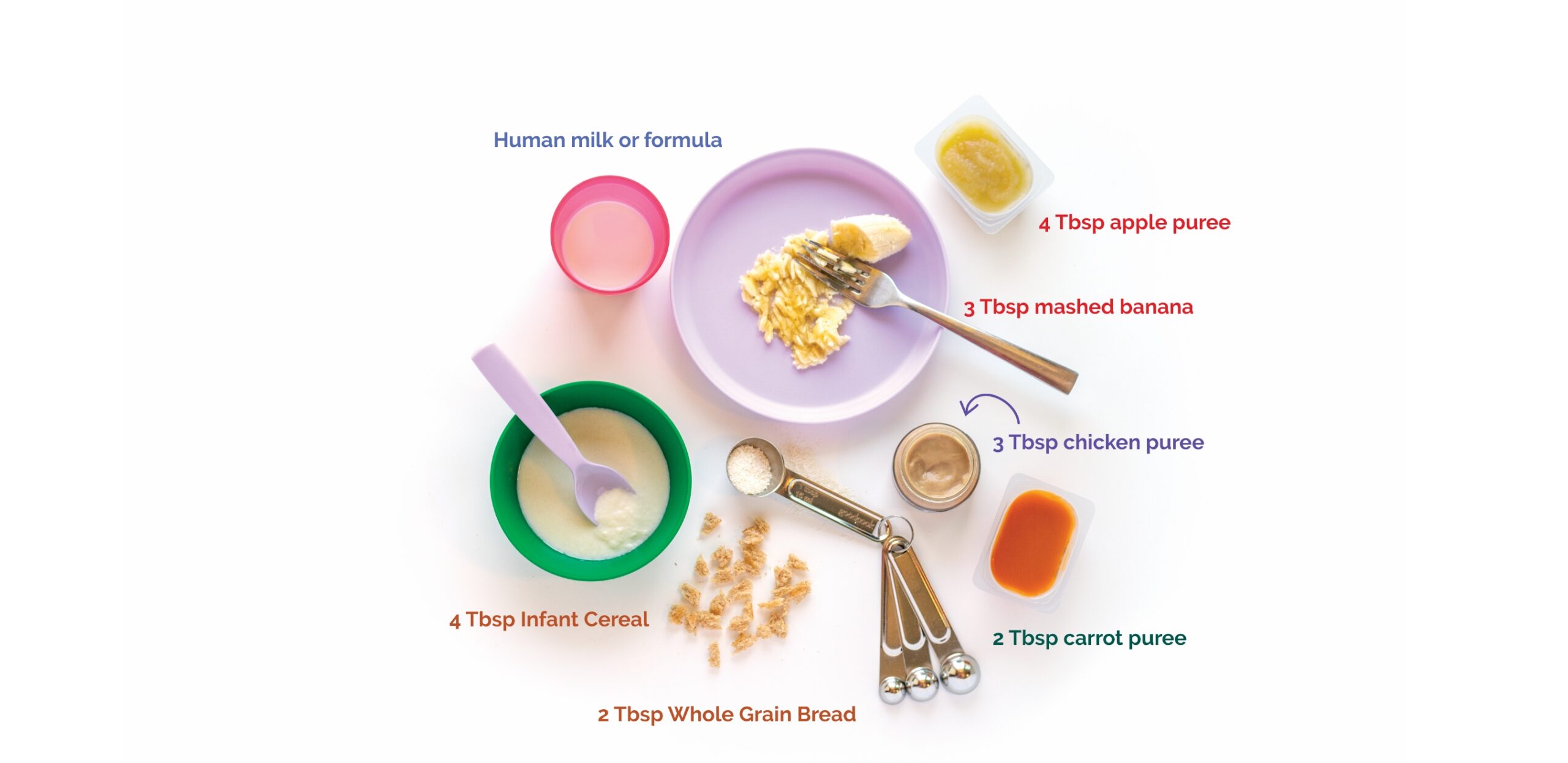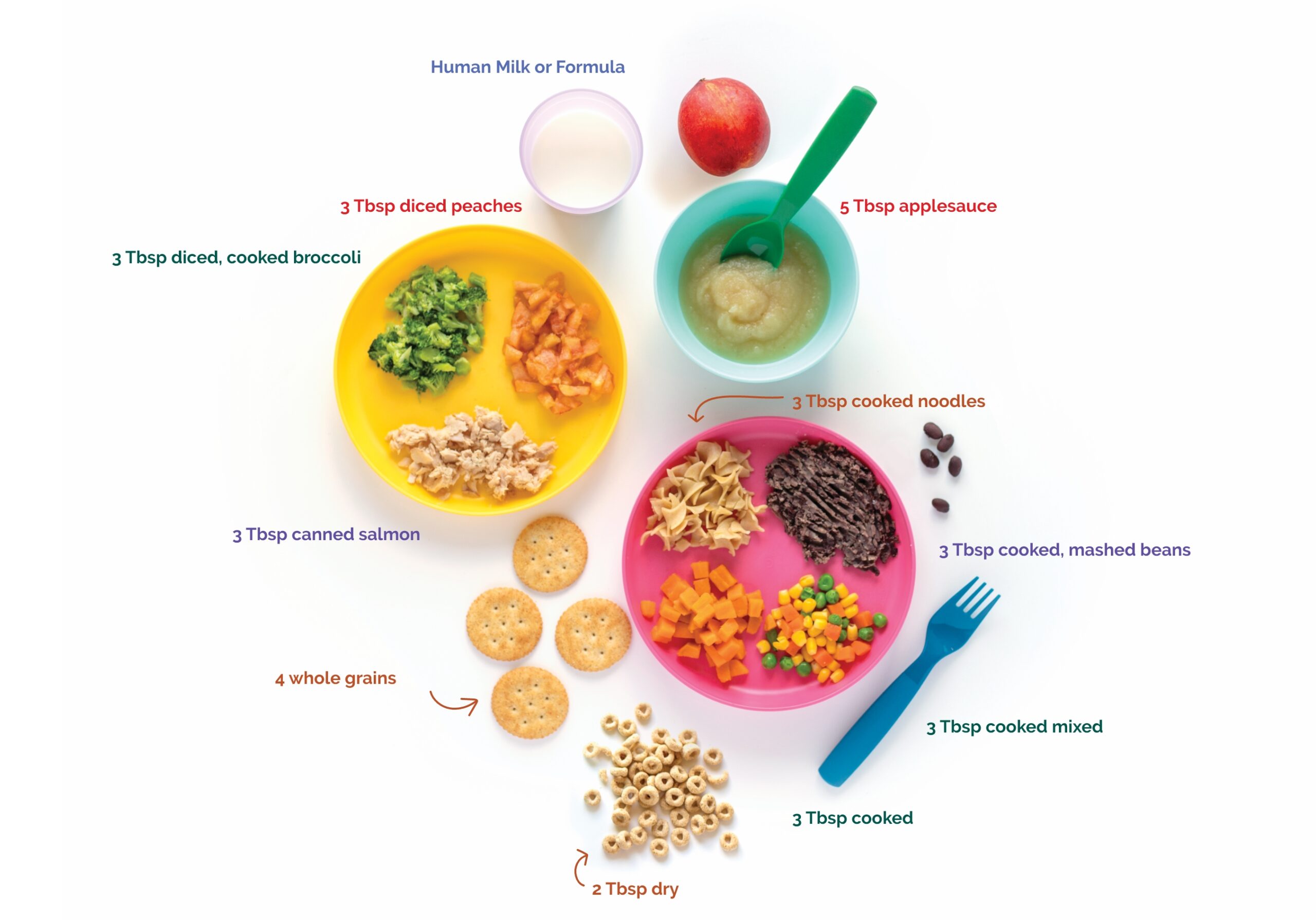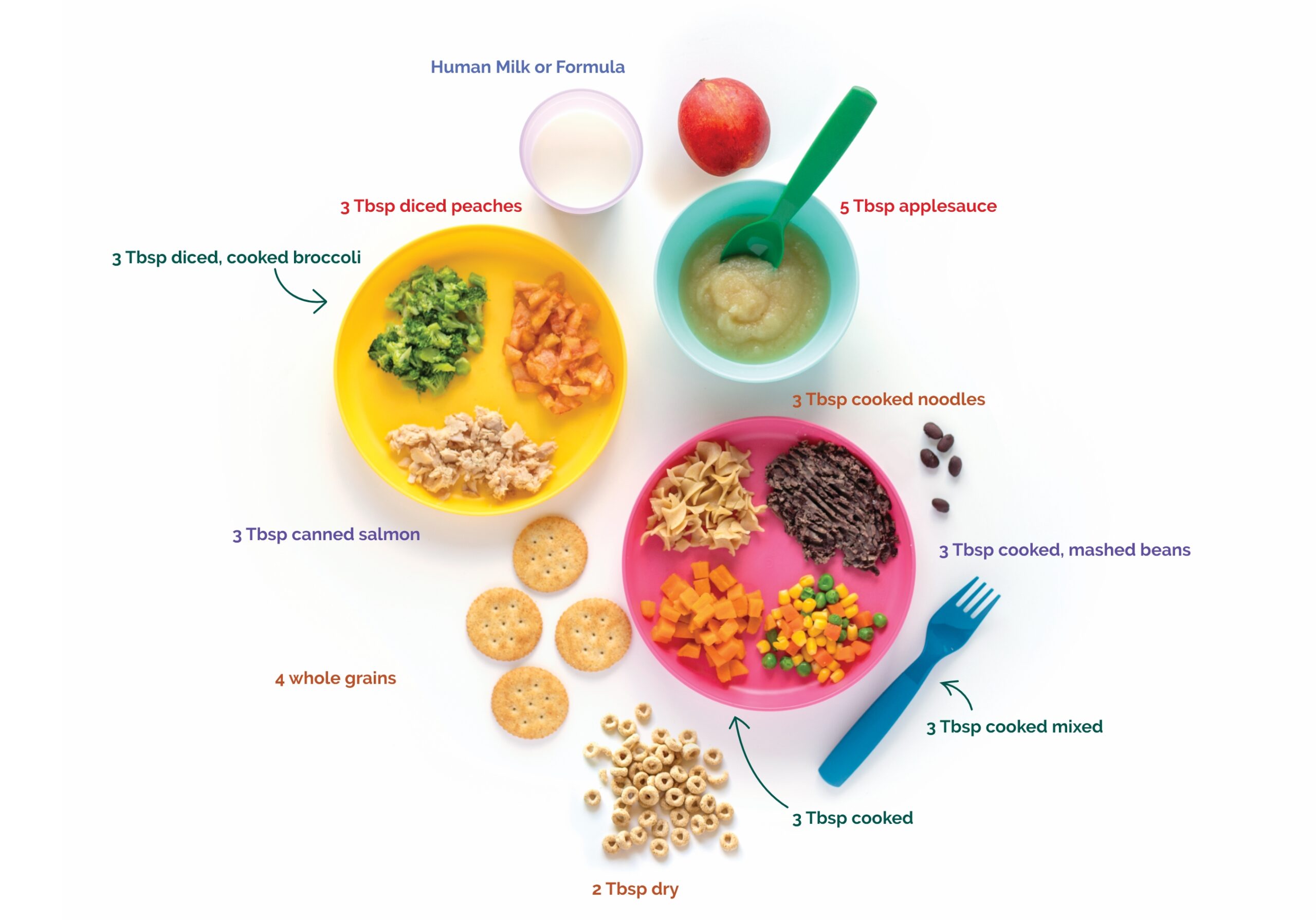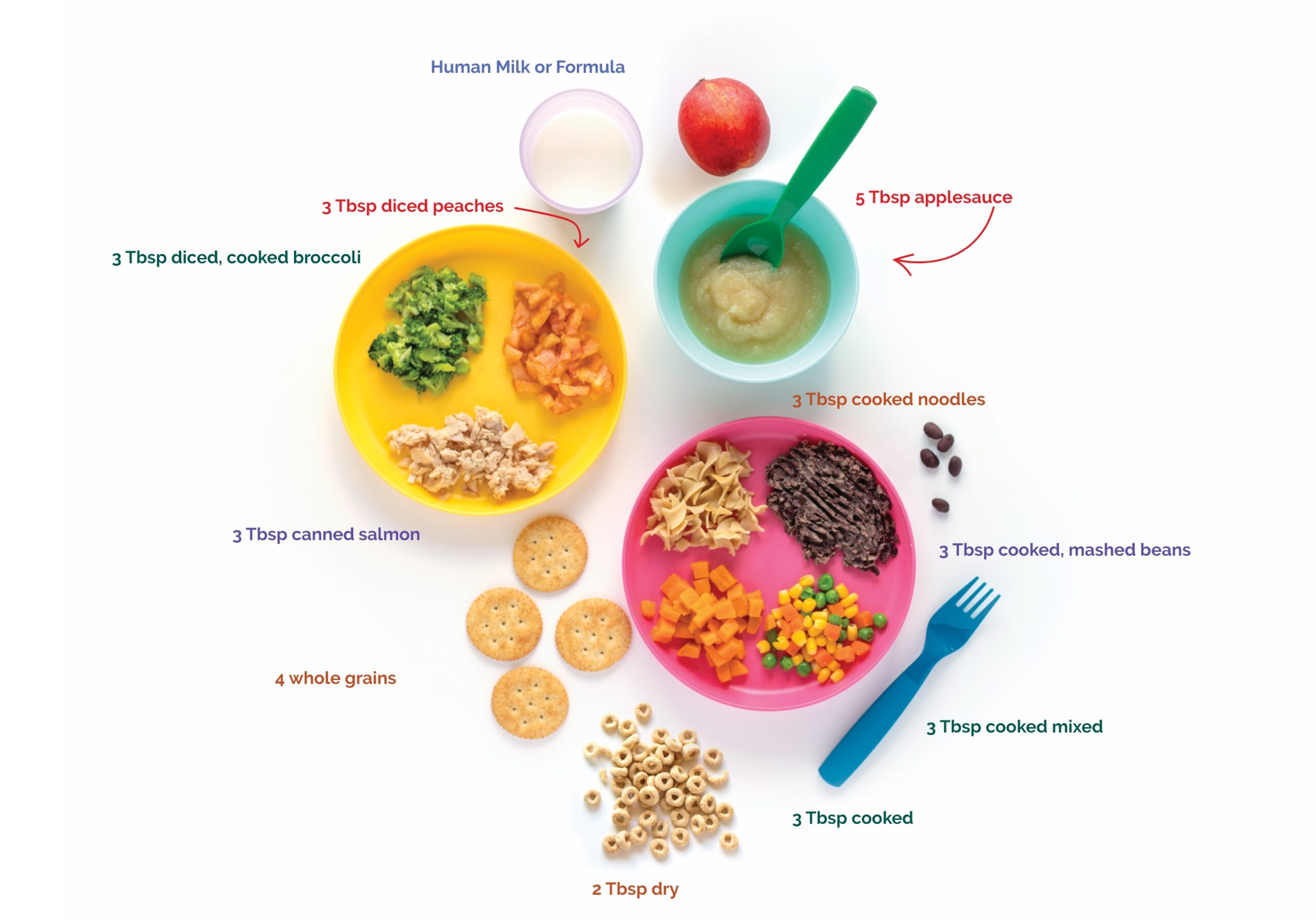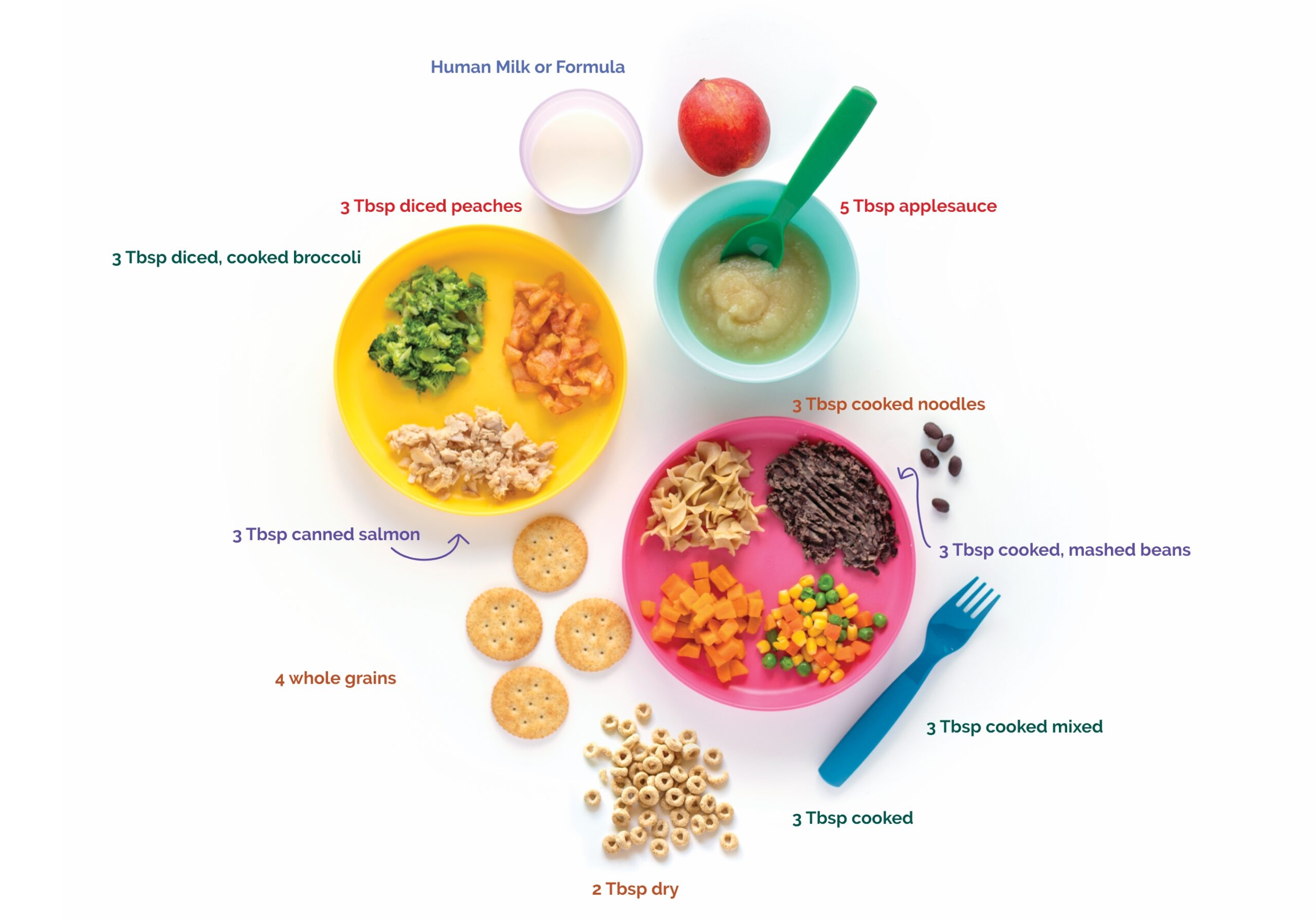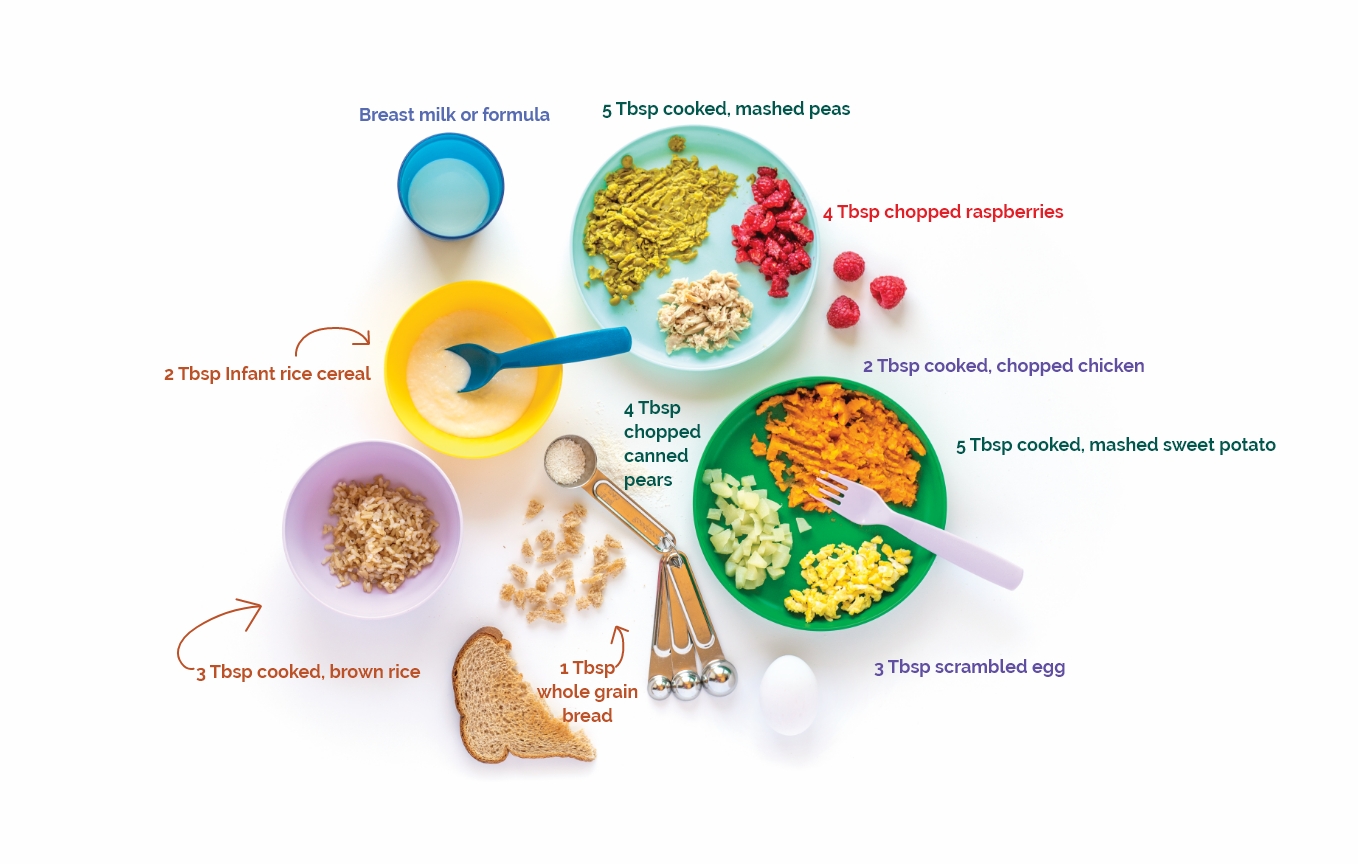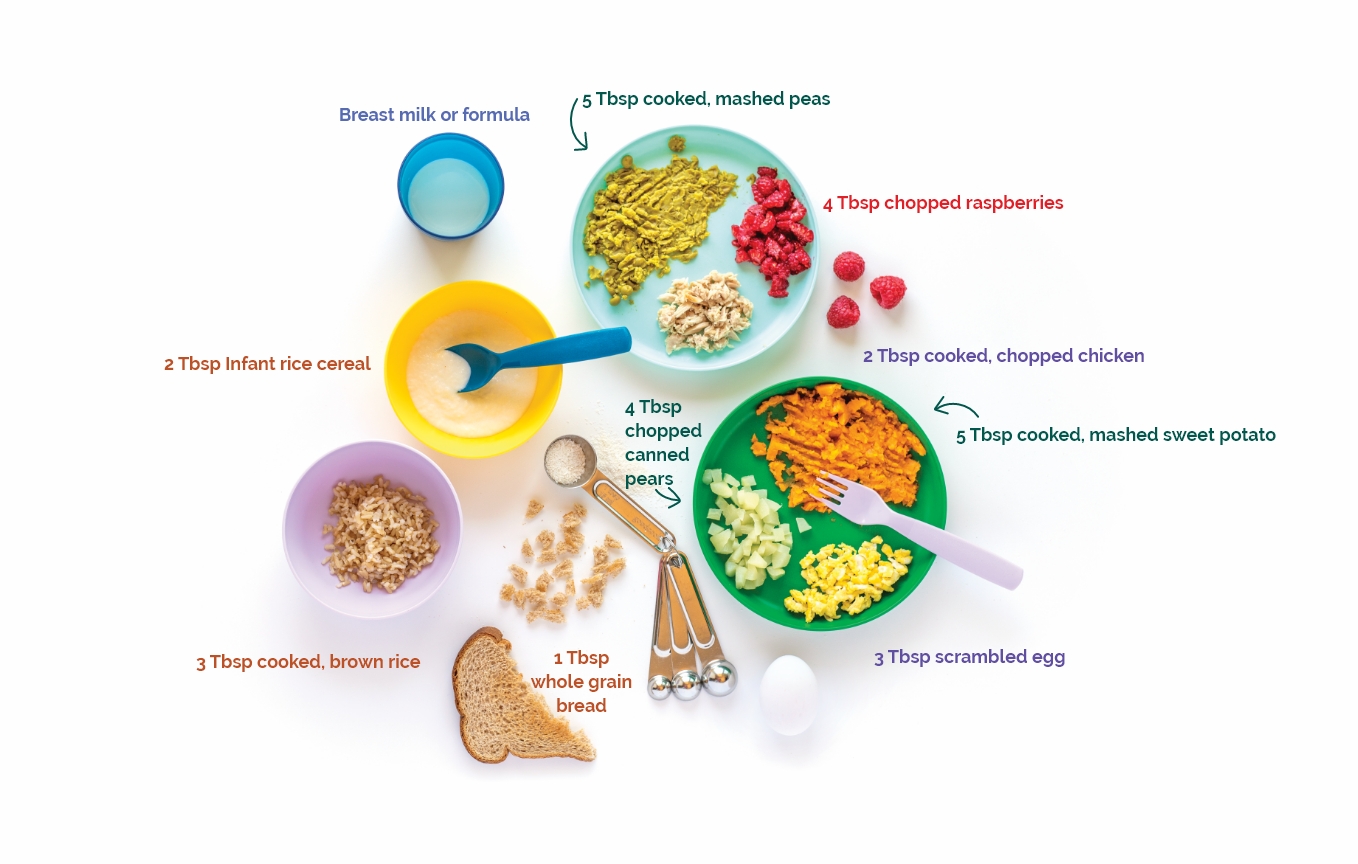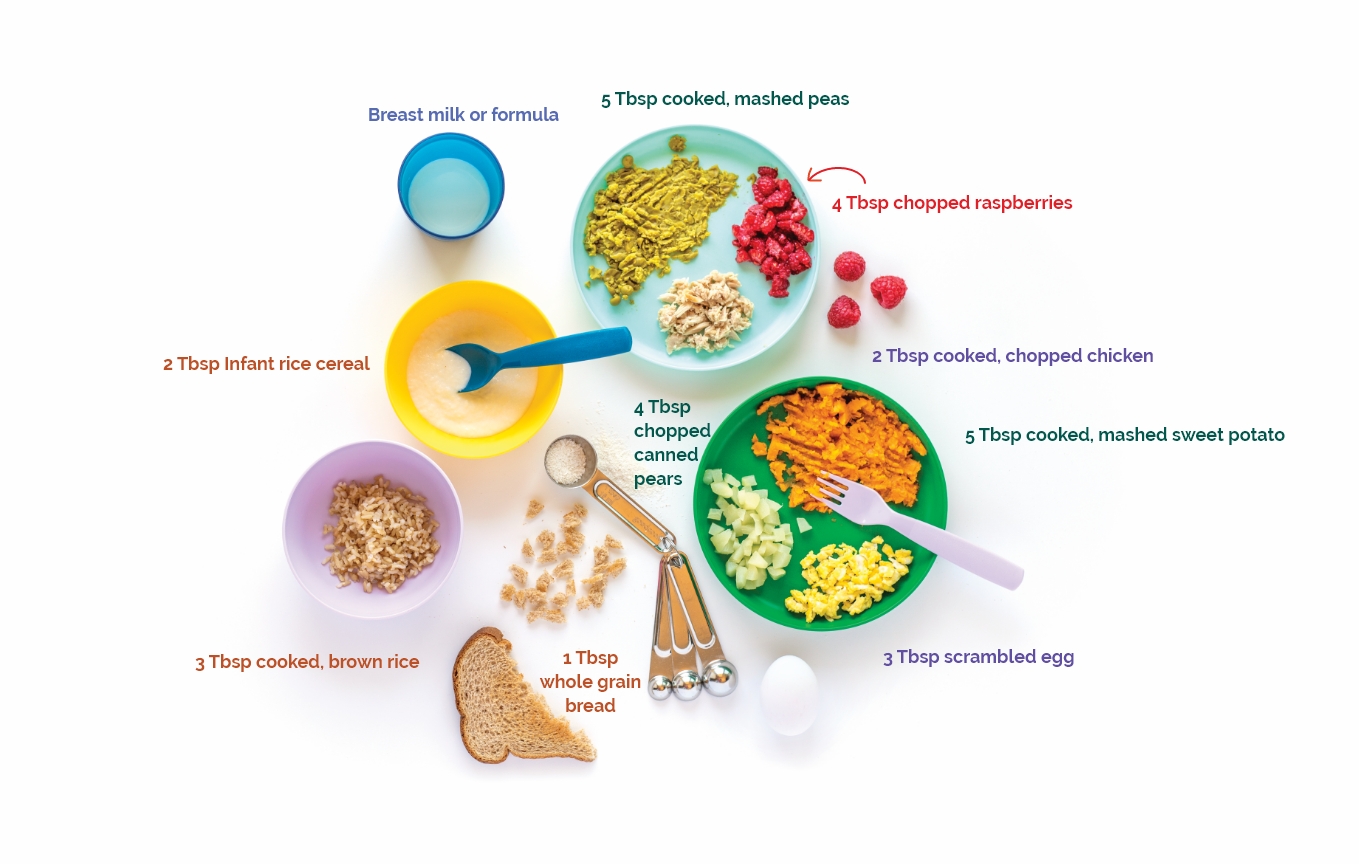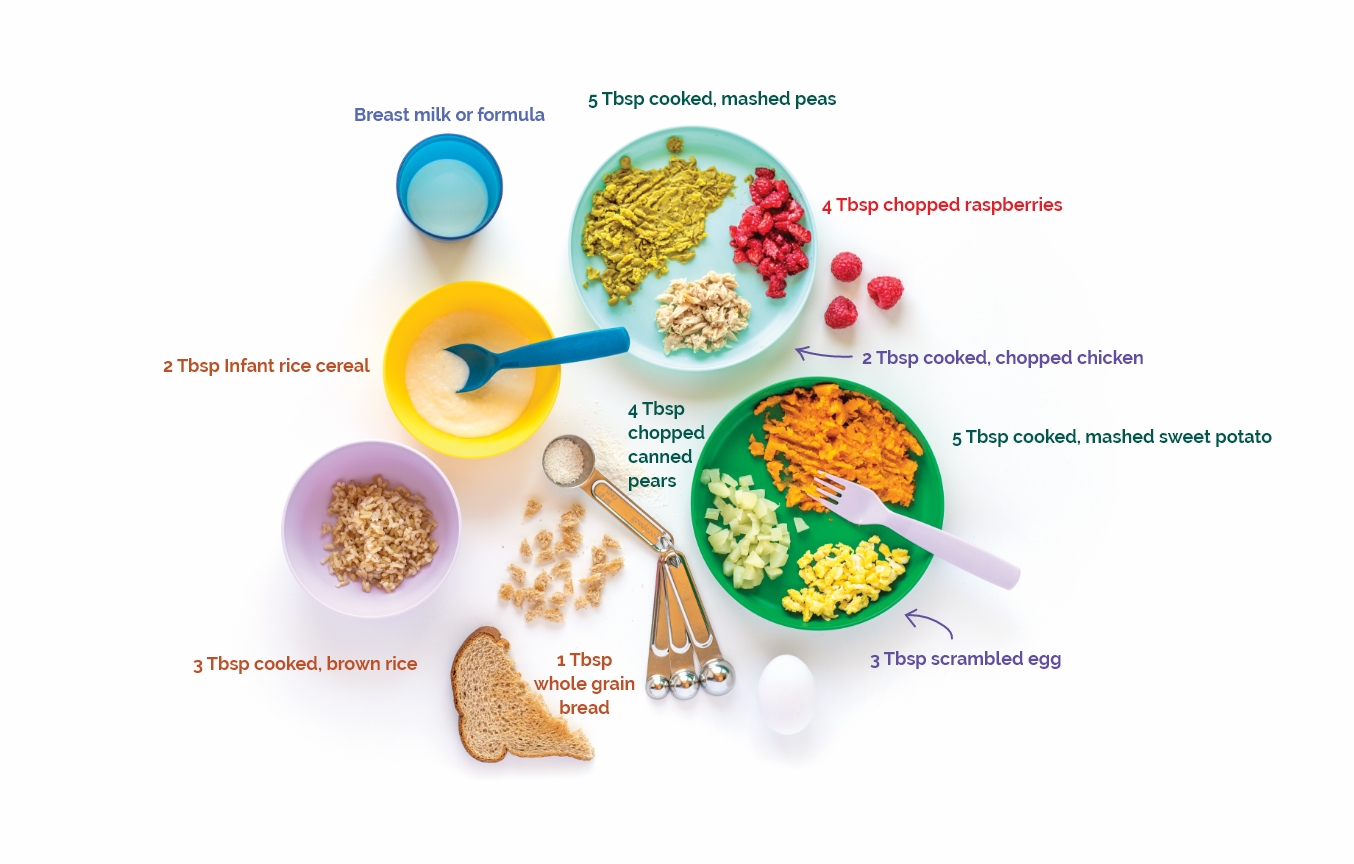New moms and moms-to-be get a lot of baby advice. People usually mean well, but not all advice is based on facts. Myths about breastfeeding are common. The fact is breastfeeding is a healthy way to feed your baby.
The decision to breastfeed is a personal one, and it should also be an informed one.

Breastfeeding hurts
Breastfeeding should not be a painful experience
As with learning any new skill, there is an adjustment period. You may have some discomfort in the beginning as you and your baby are both learning. If you experience pain, it’s usually a sign that something needs to be changed.
Breastfeeding makes your breasts sag
It’s pregnancy that stretches the ligaments of your breast tissue
This occurs whether you breastfeed or not. Age, genetics, and the number of pregnancies you’ve had also play a role.
You can’t breastfeed if your breasts are:
- Small
- Tubular Shaped
- Widely Spaced
- Different Sizes
For most women, the size and shape of their breasts does not affect their ability to breastfeed
You won’t be able to make enough milk
Moms almost always make enough milk to feed their babies
The key to making plenty of milk is to nurse your baby often during the first 14 days.
- At least 8–12 times or more every 24 hours.
It’s also important to make sure your baby is latched correctly and swallowing.
Everyone uses formula
Most women in the United States start out breastfeeding
More women breastfeed than you may think. According to the CDC, more than 83% percent of women in the United States start out breastfeeding. Research over the past 40 years has proven that human milk is an inexpensive and healthy choice for feeding babies.
